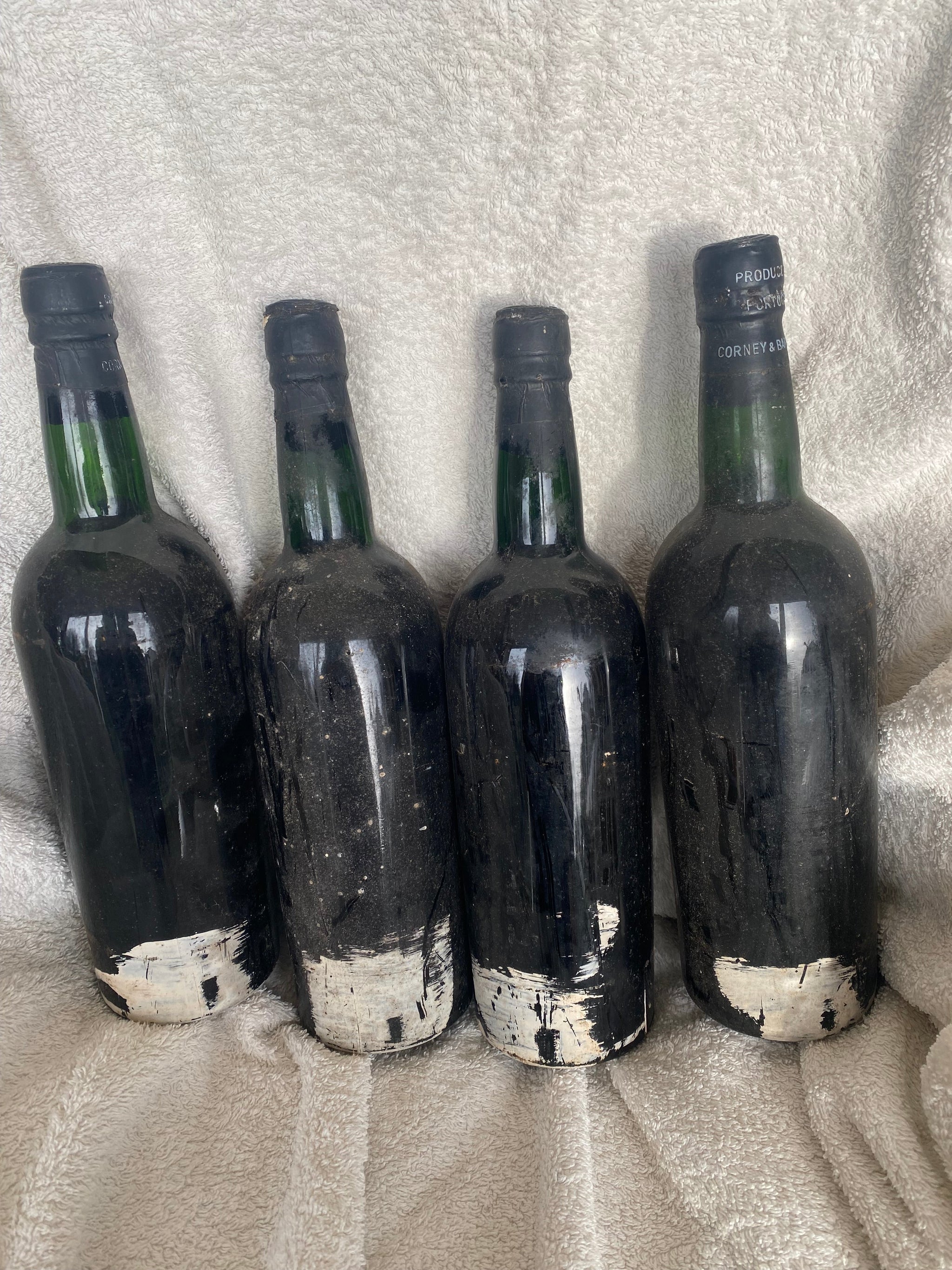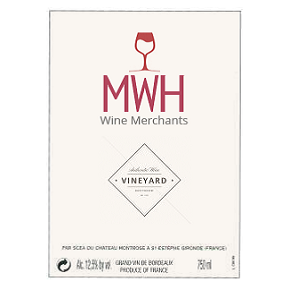The MWH Wine team have just had their first close encounter with the Bordeaux 2020s. We’d heard good things and our impressions follow that of most of the leading critics in that Bordeaux 2020 produced some excellent wines. While there isn’t consistency across the appellations as we saw in 2015, 2016, 2018, or 2019, and communes such as Pomerol and St Emilion fared best, there’s no doubt that this is yet another fine year.
Following the tasting we begun discussing the astonishing run of form that Bordeaux has been on over the last several years. Our team have been tasting the wines of Bordeaux since the late 1970s and we cannot recall a period where great vintages have been so prolific or come with such regularity as they have since 2010. Yes, decades like the 1980s were very successful with stars like 1982, 1986, 1988 and 1989 fit to rank with the best this feted wine region has ever produced. Look a little closer though and the likes 1980, 1981, 1984 and 1987 dilute this picture of success, and it cannot really rank alongside the last decade as the following shows:
2010 – Outstanding
2011 – Fair-to-good
2012 – Good (underrated and undervalued)
2013 – Rain affected but sound
2014 – Good-to-very good (underrated and undervalued)
2015 – Outstanding
2016 – Outstanding
2017 – Good-to-very good (see our tasting notes)
2018 - Outstanding
2019 – Very good (and extremely well-priced)
2020 – Very good (with some outstanding Right Bank wines)
Looking back further the case for this being the most successful decade for Bordeaux’s wines becomes more compelling. All post-war decades save the 1970s have outstanding vintages, but they are few and far between:
1940s – 1945, 1947, 1949
1960s – 1961, 1966 (and that’s being generous)
1970s - none. Wines like 1970 Mouton Rothschild and Petrus are exceptions in very good year
1980s - 1982, 1986, 1988, 1989
1990s – 1990, 1995, 1996 (on the Left Bank)
2000s – 2000, 2003(for some), 2005, 2009
Why Is Bordeaux On Such A Hot Streak?
Great vintages are a gift from Mother Nature. For all the cleverness of the winemaker and the technology they now have to hand, there’s only so much that you can do with average or poor-quality grapes. In 2013 many winemakers reflected on how far technology had come. This rain-affected vintage had shades of years like 1991 and 1993, but rather than the wines being diluted and green, they are generally very sound, complete, and enjoyable.
What the last decade has seen increasingly often is warmer vintages, less rain and harvests being brought in under ideal conditions. It’s a trend that’s being seen from Champagne to California, from Sussex to Stellenbosch and is viewed by many as a consequence of global warming. While this is causing chaos for many wine regions – Australian winemakers are changing the vines they grow and South Africans are heading for the hills – Bordeaux is benefiting, at least in the short-term. We’ve been speculating for some time now as to whether climate change is killing Bordeaux with kindness as change does seem to be afoot, only time will tell.
One thing that can be said with certainty is that the quality of winemaking in Bordeaux has rocketed over the past couple of decades. While some in the trade will lament the changing styles and say that wines were better in the ‘60s, ‘70s and ‘80s, the overall quality of production has risen. As interest has grown and prices have risen so wineries have invested in globally trained, hyper-talented winemakers and consultants who have allowed them to make the most of their terroir.
Look at a map of Bordeaux châteaux in the 1970s and its littered with properties that were performing well-below par. Lascombes, Margaux, Pichon Baron, Cantemerle, Smith Haut Lafitte, Giscours and even Petrus were all far from their best. Today thanks to investment from billionaires such as Francois Pinault, Daniel Cathiard, luxury goods firm LVMH and financial giants like Axa, they are at the top of their game once more.
Even lesser growths have been able to invest. Over the last 5 years the Liv-Ex Bordeaux 500 (an index that takes in a wide range of wines not just the superstars) has shown growth of 23%. This has meant even relatively modest Cru Bourgeois such as Caronne St Gemme have been able to scale new heights of quality.
Bordeaux 2010-2020: The Most Successful Decade Ever?
Through a combination of climate, cash, and conscientious winemaking, it seems hard to argue against 2010-2020 being a golden age for the wines of Bordeaux. Never have we seen so many good wines being made in so many consecutive years. Even the weaker years of 2011, 2012 and 2013 are still attractive drinking wines while the stars of 2015, 2016, 2018, 2019 and 2020 will become legends.
What will be fascinating to see is if this trend continues and if it does, what does it mean for the wines of Bordeaux as a whole? We’ve already seen six new grape varieties approved for the region. Arinarnoa, Castets, Marselan, and Touriga Nacional—and two whites—Alvarinho and Liliorila—all of which are described as "well-adapted to alleviate hydric stress associated with temperature increases and shorter growing cycles” have been authorised.
Some have thrown their hands up in horror at this change, others have taken the view that changes have always been abroad here. Once upon a time Riesling was planted in Sauternes (and it’s been planted elsewhere in the region since 2019) and Carmenere was once a common sight in vineyards.
Whatever your opinion, it’s clear that the wines of Bordeaux are set for another change and that wine lovers could be in for a treat.
Like Some Fine Wine Help?
If you are looking for a specific wine then please get in touch by calling Mike on 0118 984 4654 or by emailing MWH Wines here. A recognised authority, he’ll be happy to advise you on which wine is right for you.

